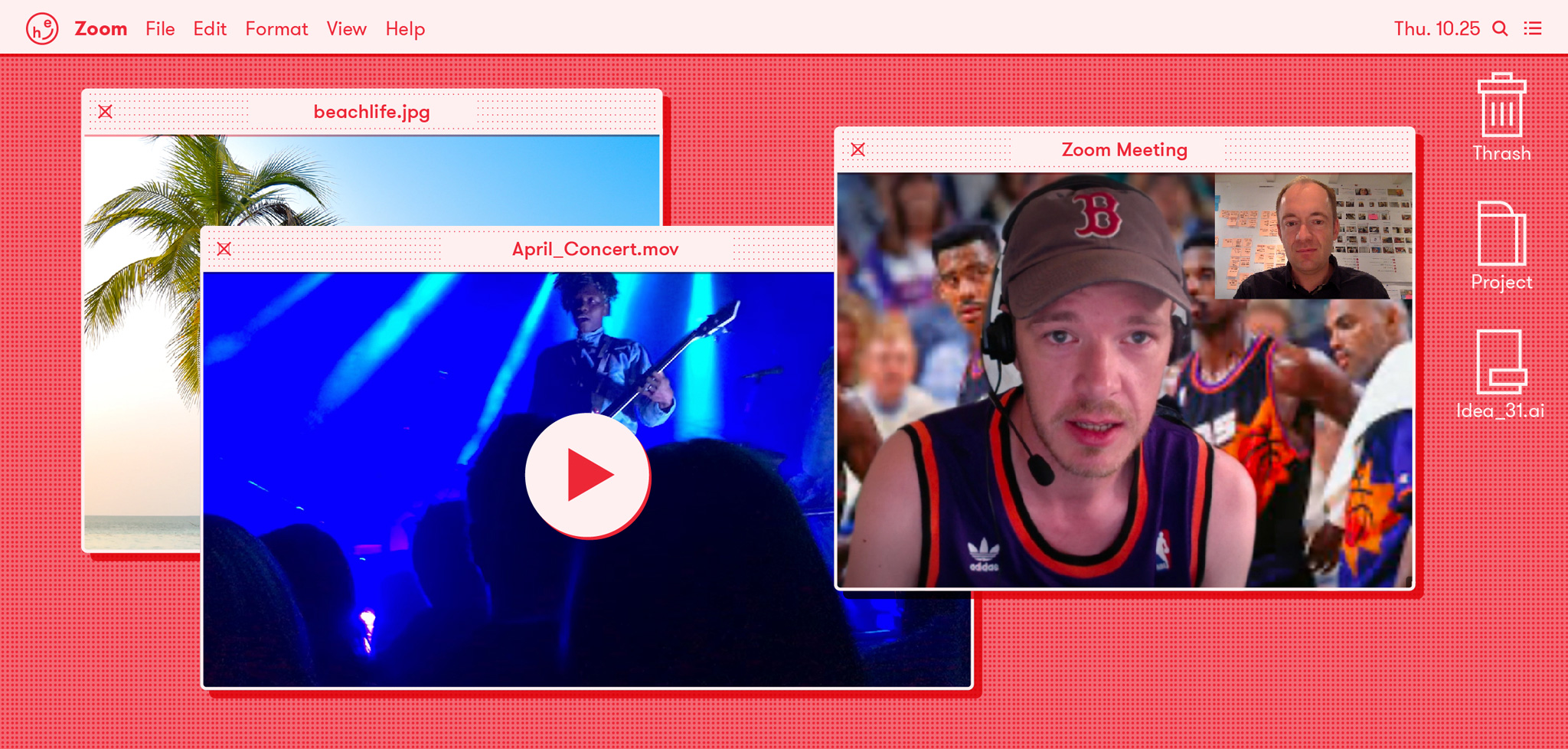“I always thought that being a writer is a lot like being a beaver. Their teeth itch, and that’s why they cut down trees. It’s not my teeth [that itch]; it’s my conscious. How can I get it to shut up for a while? So I give it a problem that it likes. And so once in a while, the problem that it likes is unpleasant, but what else am I gonna do? I’m not gonna play golf.” —David Mamet, Writer
Creative people are driven by this itch to create something, to get it out of them and to share it with others. It’s something they can’t turn off. It’s why they become designers, writers or artists, to find an outlet for their urge to create and to share.
Our design team take their passion for creativity and unflinching commitment to craft and they pour it into the work they create, the products they design. And when done right, those authentic emotions somehow become part of those products.
We believe when people emotionally connect with a product they own, they’re actually connecting with the emotions of the designer behind the product.
This is how people can genuinely say they love a product. Which, when you consider it, doesn’t make much sense. It doesn’t make sense to feel love for a speaker, a chair, a lamp. But people do feel that way about authentically designed products.
Because it’s in our nature to feel an emotional connection to another human’s authentic passion. Passion is contagious. And that’s what’s happening when people feel love for an authentically designed, mass-produced object – emotional communication on a mass scale. Even though the designer and the end user never meet or communicate directly.
So authentic feelings of passion, inspiration and a commitment to craft are vital in creating exceptional products people love. But how do we lead a design team on a daily basis? How do we inspire creative people to do their most authentic work? Work that comes directly from their inner passions.
Nurture the environment
Creative people just won’t flourish in a stiff environment. A stiff environment cannot inspire people to be themselves and be truly authentic. A 1992 study into creativity called Creativity Killers looked at what most discourages creativity in children. One of the top results was Surveillance: “Making them feel like they’re constantly being watched. The risk taking and creative urge hides.” This impulse does not fade away in adulthood. If anything it becomes more pronounced.
As Picasso said “Every child is an artist. The problem is how to remain an artist once we grow up.”
We need to help creative people stay in touch with their authentic inner inspiration to create and to design joy into the product. Last time we saw how you need to Embrace Structure to Unleash Creativity. Once people know the limits of their sandbox, they understand that as long as they stay within that, they have a great deal of freedom and support in pursuit of great creative work.
When the culture is strong enough, everybody feels the freedom to authentically express themselves. Here’s a great example. We recently had an internal design team video call. One of our designers had created his own Zoom background, showing the 1994 Phoenix Suns (NBA) Team. And to blend into it, he was wearing the Suns jersey himself. So it looked like he was part of the team. It was the perfect illustration of people feeling like they could play and express themselves freely.
He was on time for the call, he contributed to the call, but he did it all in a way that felt authentic to him. That’s what we want. Because when people connect with that authentic expression of creativity, we know those feelings will transmit to the products we create.
In our design company, we have a management tool we call our Free Concerts Programme. It’s a great method for helping people share an authentic passion. If someone in the studio wants to go to a concert they love, they just need to convince 90% of the studio to go with them. If they manage it, then it becomes a team event and the company pays.
It’s how we’ve all enjoyed nights out listening to Afro-fusion reggae dancehall, Icelandic Dream Pop and Indie Art Rock. Among others.
This is a way of creating rituals that build authenticity, people only suggest, and campaign for, things they like. So it’s a great way of helping people feel connected with their authentic, inner selves.
And this is what leads to truly transformational design. Because when real authentic passion comes from within, we can make those emotions part of the product that we then mass-produce. This means we can genuinely mass manufacture creativity and passion.
